I have an interest in the weather, not just for today or the coming weekend but also historically. Participating in Melbourne University’s Climate History newspaper tagging project involving tagging Trove newspaper articles about weather events, it became evident the weather behaves in a cyclical nature. If it has happened before it will happen again, droughts, floods, and storms.
Taking my interests a step further, investigating how weather events affected my ancestors can add greatly to their story. That is why the Victorian bushfires of 1901 are of interest as the Byaduk district, where many of my ancestors lived, was heavily affected. The weather was similar to two days in my lifetime, Ash Wednesday on 16 February 1983 and Black Saturday on 7 February 2009. On each day, fires blazed across Victoria.
The first reports of fire came through on 8 February 1901. The following article from The Argus describes the weather of 7 February 1901. The descriptive language takes the reader to that day. The heat was oppressive, the wind was strong and dust storms crossed the state, causing unnatural darkness.

Fires had sprung up throughout the Western District. Early reports from Branxholme were tragic with one death, stock killed and houses lost. I have family links to three families who lost their homes, the Millers, Storers and Addinsalls. George Miller, a racehorse trainer, lost his house and stables and no doubt his horses.

The two-day race meeting at Ararat was held in stifling conditions. A fire started at the course on the second day, with horses receiving burns. Later the wind picked up and ripped iron off the grandstand roof, sending the ladies within running for shelter.
Fires started across Victoria including Warrnambool, Alexandra, Wangaratta, Buninyong, Yea, and Castlemaine.

The articles below report on homes lost in the Byaduk district with Byaduk North worst hit. My relatives were closer to Byaduk township further south and while they were lucky not to lose their homes it must have been terrifying all the same.
The fire travelled at a great pace, coming within a mile of my ggg grandfather James Harman’s property Mount Pleasant, on the Hamilton-Port Fairy Road, reaching the properties of the Christie brothers just to the north. As well as James and his wife Susan Reed, my great-grandmother Sarah Elizabeth Harman, and her father Reuben James Harman were living at Byaduk but lived further south again in the Byaduk township. Numerous other family members lived in the area from the Byaduk Caves through to the Byaduk township.
The Hamilton Spectator reported twelve homes destroyed leaving just three standing in Byaduk North. Most were close to the course of the Lyne Creek running to the west of the township. The Free Presbyterian Church was lost and the Byaduk North Hotel was under threat. In the days after the fire, the hotel served as a refuge for the homeless.
The homestead of Richard Thomas Carty at Brisbane Hill, a large property to the north of Byaduk North, was destroyed. While running for the creek, after escaping the homestead, Mrs Carty’s dress caught fire but it was fortunately quelled. The Cartys rebuilt and the replacement homestead Dunroe still stands today.
The fire burnt through the Monivae Estate with a large loss to fences and livestock and burnt within a mile of Hamilton. On the other side of town, closer to the Coleraine railway line, the Hamilton Racecourse fell just short of the fire’s path.
Other areas throughout the Western District felt the brunt of fire on 7 February 1901. This photograph from Birregurra shows the devastation in that town.
Portland was also under threat with fire circling the town. The fire did not stop until it met the sea.
Buninyong near Ballarat was one of the worst areas hit.
Macarthur had losses as did Princetown on the south coast. At Timboon, bullock teams from the local sawmill were lost.
By 11 January, aid for the homeless was on the agenda and at Branxholme a public meeting was held to discuss such matters. Authorities discovered the fire near Branxholme, which was probably the same fire to hit Byaduk, was accidentally started by a travelling tinsmith fixing a trough at Ardachy Estate.
A meeting was called at Byaduk for 18 February 1901, and James Harman donated £2 2/ to the fund for the homeless.
The fire was so strong and relentless, old residents were drawing comparisons to Black Thursday almost fifty years earlier to the day on 6 February 1851.
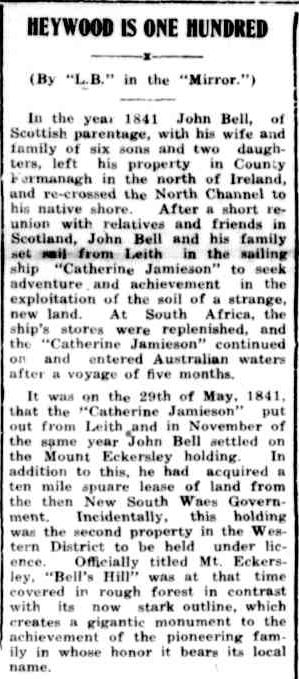 Great contributors to Western Victorian racing, the family were good friends with poet Adam Lindsay Gordon. William Bell was with Gordon when he made his mighty leap at Blue Lake, Mt. Gambier.
Great contributors to Western Victorian racing, the family were good friends with poet Adam Lindsay Gordon. William Bell was with Gordon when he made his mighty leap at Blue Lake, Mt. Gambier.
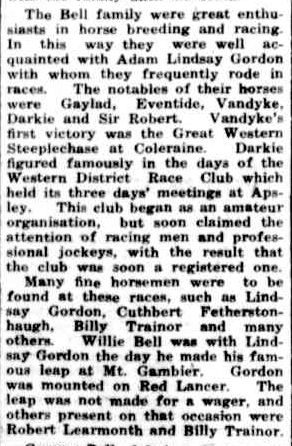





















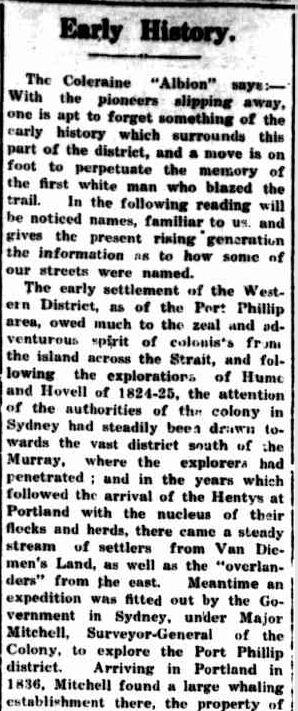

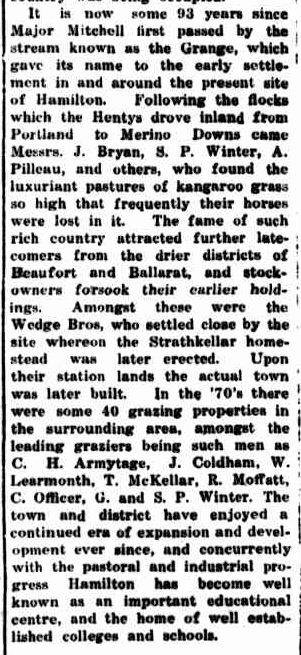







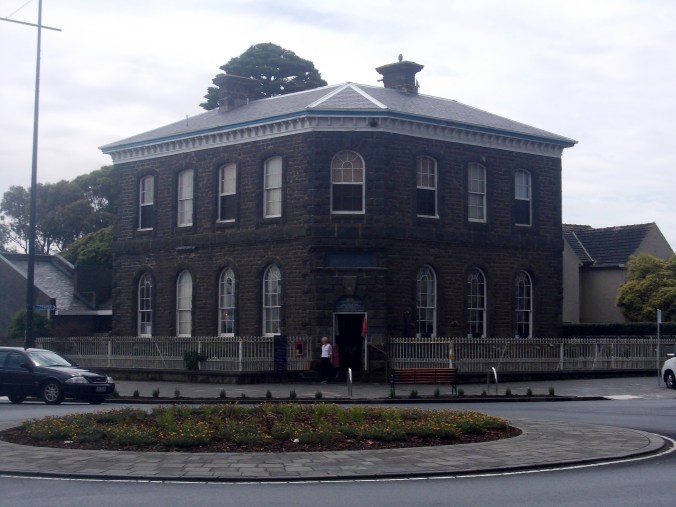







































You must be logged in to post a comment.